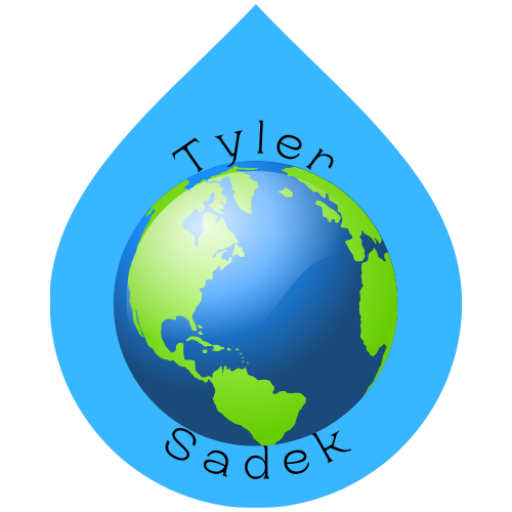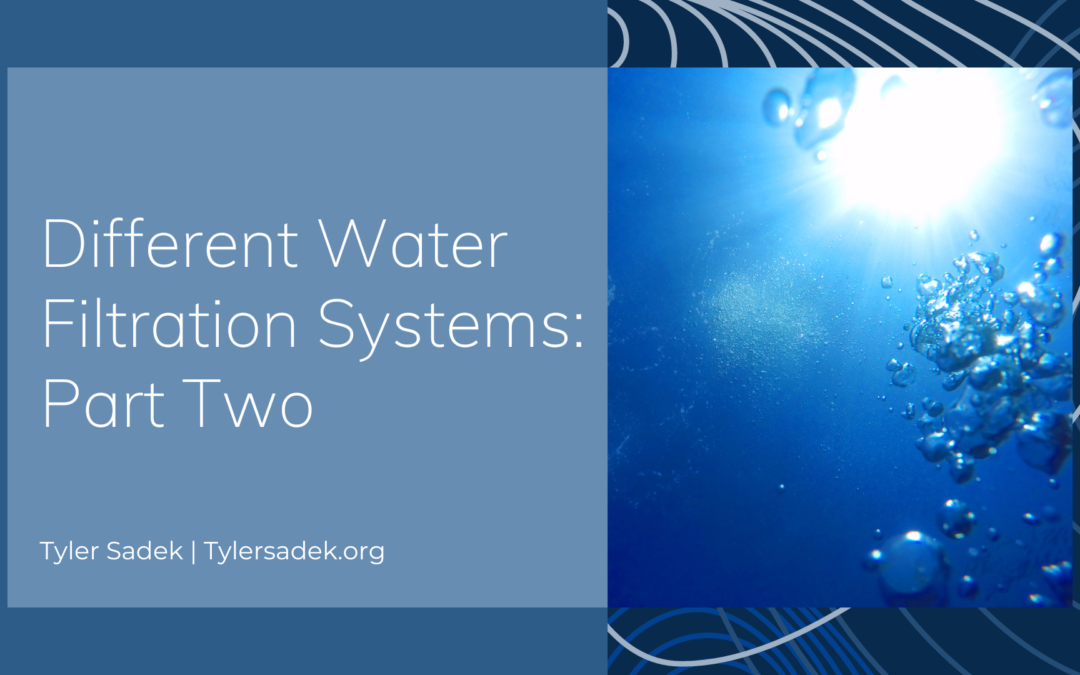Before we drink, bathe, cook, or wash our hands, most water is typically treated through various water filters. These devices are designed to remove harmful chemicals and contaminants from our water. They can also help prevent various unpleasant tastes and odors from developing. You may remember that we discussed several popular water filtration systems last year. Today we’re going to be building off of that foundation and talking about even more ways that you can filter your water.
Activated Alumina
One of the best filters for removing arsenic and fluoride from your water is activated alumina. This ceramic compound is made of aluminum oxide and has a high level of adsorption capacity. This means that they bond together once the chemicals are drawn into the activated sphere.
This type of ceramic compound is also incredibly cost-effective when it comes to removing harmful metals and toxins from the water. It can keep in contact with the water for a long time, making it more effective at removing harmful substances.
Aside from being used for home, activated alumina can also be used in industrial applications. It can help remove toxic waste and other harmful substances from the water.
Alkaline and Water Ionizers
One of the most popular types of water treatment is ionized or alkaline water. This treatment is believed to have various benefits, such as improving digestive health and reducing the risk of heart disease and cancer.
In ionized water, the charged minerals break down the acid and alkaline in the water to improve its drinking quality and soften it. Unfortunately, ionizers do not have the necessary filtration capabilities to effectively remove harmful substances from the water.
Ceramic Filters
Ceramic filters have tiny pores designed to trap various particles in the water. They are simple to install and can be easily used. If treated with silver, this filter can kill harmful bacteria and algae but can’t remove viruses.
Distillation
The distillation process is similar to the precipitation cycle. It involves boiling water and then cooling it down to allow it to come back to a clean liquid. This process can kill harmful bacteria and improve the taste and smell of the water.
The process of distillation can be completed with the help of various countertop equipment, and once it’s done, you’ll have safe drinking water. Unfortunately, the distillation process is slow and requires electricity and a heat source to operate.
Ultraviolet Light
One of the safest ways to treat harmful microorganisms, such as parasites, viruses, and bacteria, is by using UV light. This process works by exposing the water to high levels of UV radiation. This type of filtration usually requires a lot of energy to perform properly and tends to be pricier than in other ways.
Regarding water purifiers, UV lamps are typically the last step in the process. They can only achieve their best results if the water is at its most filtered because light can’t pass through non-organic components, decreasing its overall effectiveness.
Although certain water filtration methods can remove all of the contaminants in your water, they can’t completely clean it. To ensure that you get the best possible service, it’s important that you first identify the areas of concern that you’re dealing with. After identifying these areas, you can choose a water filter that will meet your needs and improve the water quality in the areas where you need it most.

